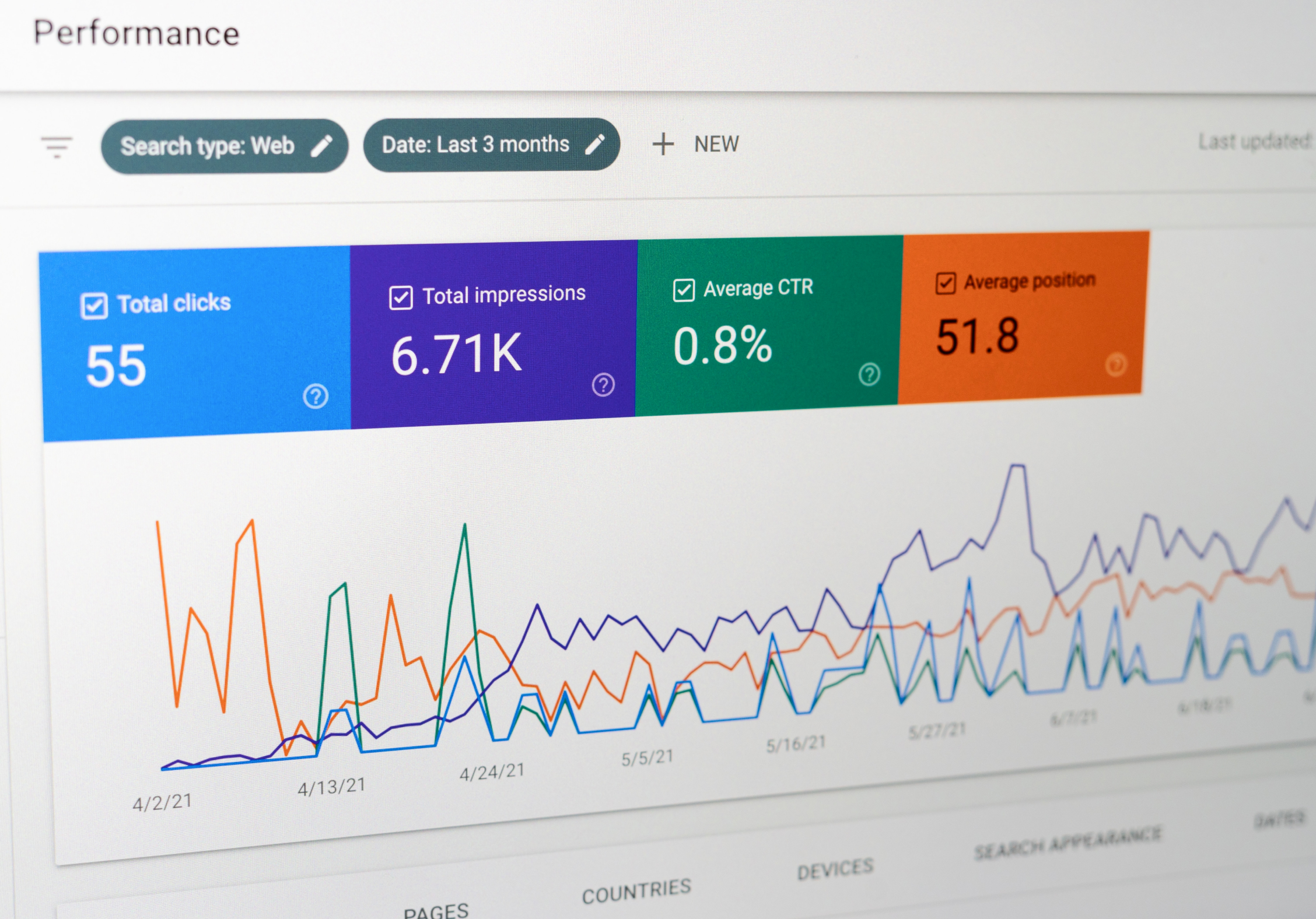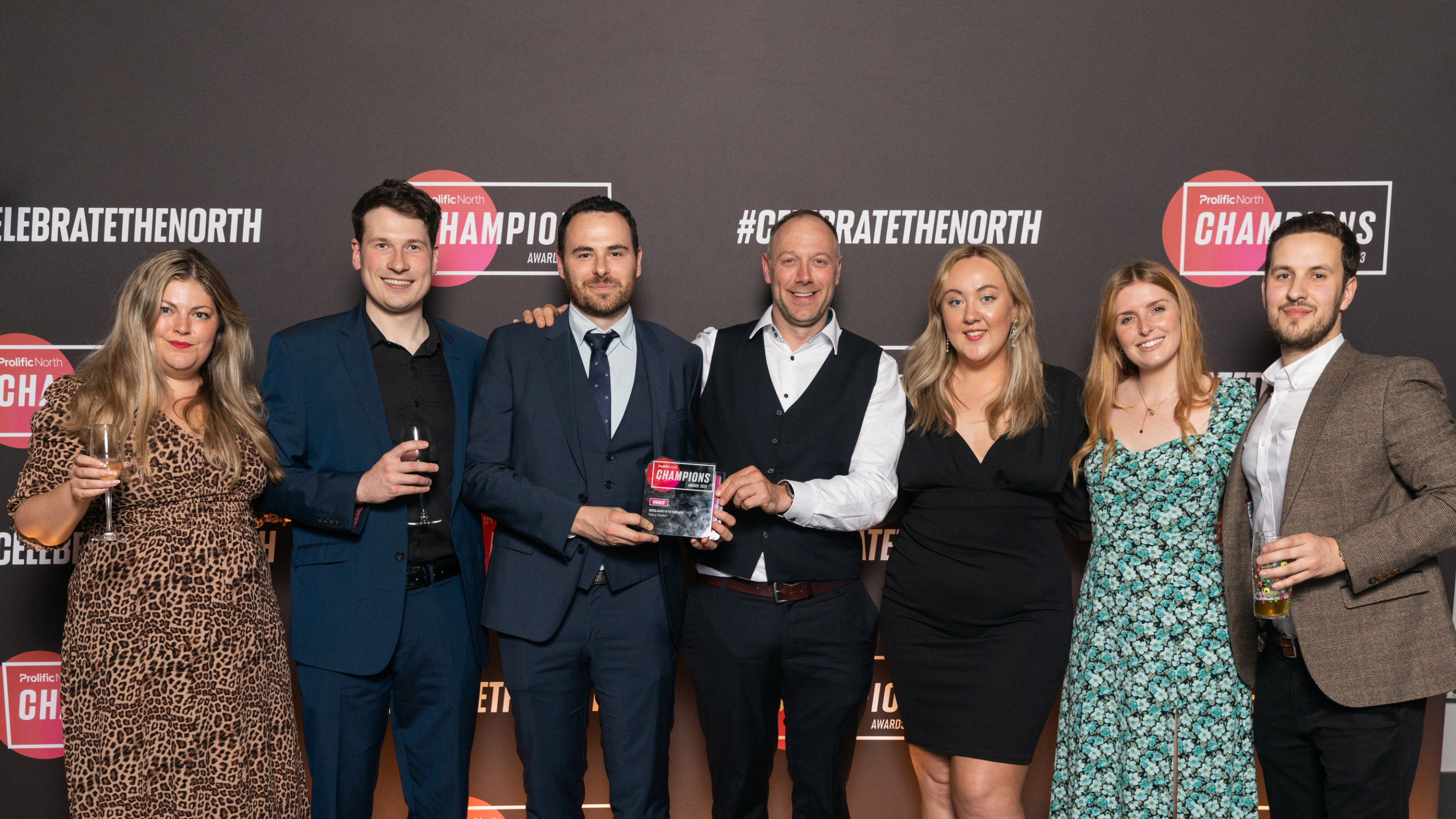In a world where only 17% of marketers actively invest in conversion rate optimisation (CRO), it's time we shed some light on this underappreciated digital practice.
After all, when you consider how many marketing pounds are spent driving people to a website against how much focus is applied to optimising the user experience when on the website, there’s still, unbelievably, a huge disparity.
In this blog our Head of CRO, Mark Richards, sets out what CRO is in short, why it’s important, and outlines how your business can put a winning strategy in place.

What is CRO?
CRO stands for Conversion Rate Optimisation; the process of improving the percentage of website visitors who complete a desired action, such as making a purchase or filling out a form on your website.
This is achieved through analysing user behaviour and journeys, testing different design and content variations, and making data-driven decisions that improve a users overall experience, and importantly, with the ultimate purpose of increasing conversions.
What is a good conversion rate?
There’s no definitive answer as to what makes a good conversion rate for a website, as it can vary depending on factors, ranging from your product/service to your industry and the specific goals of your site. Yet, as a general benchmark, online conversion rates in the UK rose to over 4% in the second quarter of 2022, according to Hubspot.
However, If your website's conversion rate is not meeting your expectations - perhaps it's below that 4% benchmark, or it’s simply just not meeting your own goals - then it's time to optimise.
How to determine your conversion rate
To do this, you’ll need to track the number of conversions (desired actions) on your website, and divide it by the total number of visitors, and then multiply that number by 100 to get a percentage.
For example, if your website had 1,000 visitors last month and 50 of them made a purchase or completed a form, your conversion rate would be 5% (congrats, you’re above the industry average)!
There’s many platforms you can use to track conversions, but we’d recommend Google Analytics as a start. But remember, It's important to set up conversion tracking properly and to ensure that you are tracking the right actions that align with your business and marketing goals.

Five key benefits of CRO
- Drive revenue
The most obvious benefit of CRO is increased revenue. By optimising your website's conversion rate, you can turn more visitors into paying customers. This means more sales and more money in your pocket. - Improve user experience
CRO is all about improving the user experience on your website. By making it easier for visitors to find what they're looking for and complete actions, you're providing a better experience for your customers. This can lead to increased customer loyalty and positive word-of-mouth marketing. - Build trust
If your website is easy to use and provides a seamless experience, customers are more likely to trust your brand and make a purchase. A well-oiled and well-optimised website can help you turn your smallest prospects into your biggest advocates. - Better insights
CRO can also provide better insights into your customers' behaviour. By analysing this and testing different variations of your website, you can learn more about what your customers want and how they interact with your brand. - Minimise guess work
No matter the pre-live insight that led to a hypothesis, nothing bodes better than testing with your real audience in a live environment. There can be all sorts of factors, influencers, triggers, and motivations that can and will impact the results. By sweating the small stuff and having a series of controlled experiments, you can drive continuous improvement for your business, while also culling anything that doesn’t yield a positive uplift.
Defining your strategy
Every business faces different challenges, so (as much as we’d like to) we can’t offer you a one-size-fits all implementation strategy now that will generate you overnight success.

What we can do is:
-
Remind you that it's important to define your goals and objectives for the strategy. What do you want to achieve? Are you looking to increase user engagement? Perhaps you want to drive average order value? Whatever the challenge at hand, once you have a clear understanding of your goals, you can begin to identify the key performance indicators (KPIs) that will help you measure success.
-
Recommend conducting a thorough analysis of your audience. There’s scalable and effective ways to engage with them and gather feedback on your digital experience, such as surveys, interviews, user testing or guerilla testing.
Also look at your data. Where are users landing? What do they engage with? When do they leave? What’s impacting conversions? How are you measuring success? Be curious.
By taking the time to analyse your data and understand your audience, you’ll gain powerful insights that allow you to answer the 'what' and 'why'. This will guide the 'where' and 'how' to make improvements.
Delivering your strategy
Now you’ve defined your CRO goal and have your strategy in place, you're probably wondering how to deliver it?
-
Through research you’ll have a good idea of what challenges you need to focus on solving. Define these solutions through a combination of divergent and convergent thinking.
-
Then get creative. Cast the net wide. What are all the potential ways in which you could solve each problem? It’s useful to do this as a team, to generate more ideas and validate your thinking.
-
The next step would be to look at things more logically. Narrow down your ideas by thinking about how the changes would be implemented, what would be involved and which are the most realistic and achievable.
-
Now you know which experiments you want to run, how do you determine which to do first? We’d recommend a CRO prioritisation methodology, such as ICE — a key ingredient within our tried and tested CRO process at Enjoy.
ICE allows you to prioritise your efforts by ranking each element based on Importance, Confidence, and Ease/Effort before undertaking experiments. For each potential experiment, use the ICE framework to answer the following questions:
-
How much total improvement can this experiment offer towards the project objectives?
-
How much evidence do we have to support that this will yield a positive result?
-
How complicated or difficult will it be to implement this improvement
Assign a score between one and ten for each and then add up the numbers to get a score that indicates which experiments will have the greatest impact. Focus on the projects with the highest scores first.
CRO that helps your business grow
Enjoy is an award-winning digital experience and performance agency. And it’s our mission to transform and grow brands digitally, ethically and sustainably, and to forever challenge expectations about what digital can deliver.
At Enjoy, we understand that optimisation is key to getting the best from your marketing. That’s why we crunch the data on every channel, platform and initiative, to increase your conversions, accountability and engagement. Sound good?
Find out more about our Conversion Rate Optimisation services and get in touch today.

Ready. Steady. Grow!
We've helped some of the world's biggest brands transform and grow their businesses. And yours could be next.
So if you've got a business challenge to solve or a brief to answer, we'd love to hear from you. Simply complete this form and one of our experts will be in touch!




